Even in a popular destination such as Taipei, undiscovered treasures hide where only locals are privy to. Our travel writer sniffs them out

Sunset with silver-grass over Yangmingshan National Park.
We whizzed past well-known spots, our car burrowing into smaller streets of Taipei city.
Our group was on a mission: To find the best eats in Taipei that weren’t listed in blogs, websites or guide books.
Near the busy Dadaocheng Street, where Tze Sheng Temple stands, we found what we were looking for. There, a nondescript eatery stood, with a menacingly-giant shark jaw above its entrance.
It turned out to be a family-run business, Ah Hua Smoked Shark (阿華鯊魚煙), popular for its shark flesh and pork bone dishes. Finally, I could enjoy other parts of a shark (and not just the fin), like sweet meat and cartilage. The shark meat went well with the range of dips available here. My favourite was the chilli.
It was eight in the evening, and a full day of feasting had already left me bursting. But there’s always space for dessert. Our travel guide led us into a cheerful, brightly-lit dessert shop on Yangguang Street named Ice Monster.
I’m not entirely sure who the “Ice Monster” is, but after sampling the shaved ice here, I transformed into one.
Its deliciously smooth and creamy mango shaved ice, topped with the freshly-diced honey-sweet fruit, put other versions I’ve tried to shame.
Then came the bubble milk tea bowl. The pearls were chewier and silkier than any I’ve had, and I dove back for more until the bowl was polished clean.
Ice Monster rotates flavours that complement Taiwan’s seasons. So if you’re travelling there during winter, look out for its yam and strawberry ice, and piping hot desserts like red bean soup, yam paste and sweet potato.
 BACK TO NATURE
BACK TO NATURE
Visiting Taipei, I was fully prepared for all-out urban exploration. So I was surprised to find myself trudging up a steep hill in a bamboo forest, listening to the crunch of twigs beneath my feet.
We were still in Taipei, but out in the min su (Aboriginal tribe) mountains of Taoyuan.
Here, life is tranquil and time slows to a crawl. We had arrived ahead of time, but our guide didn’t hurry our hosts —
a family from the Ayatal Tribe — because they usually live at a much slower pace than city dwellers, she explained.
This was evident in our relaxing trek into the bamboo forest, where an elder slowly showed how animal traps were typically laid out to gather food and keep crop pests like rats at bay.
Returning from the woods, we were welcomed with a hearty home-cooked Ayatal spread.
Every ingredient used — from the fried river trout to the pickled fruits — was either caught or grown in the village.
Even the paper used to wrap some of the dishes was cut from tree bark.
Taipei itself is also filled with good nature trails, I would soon discover.
From the main city, we took a 40-minute cab ride up to the mountainous region of Beitou, just outside Taipei City, where we came startlingly close to hotspring geysers at Yangmingshan National Park.
Entering a nondescript path, “Xiaoyoukeng Arrow Bamboo Trail”, we walked into what seemed like a garden labyrinth.
But deep inside, the bamboo walls gave way to a dramatic view of Qixingshan — or Seven Stars Mountain — from which geysers exhaled clouds of smoke.
Separated from me just by a small stretch of lalang and tall grass, the sulphur mist was close enough to smell, and seemed almost within arm’s reach.
FEELS LIKE EUROPE

Songshan Creative and Culture Park used to be a tobacco factory during the Japanese Occupation.
Still, outside of its unspoilt nature trails, Taipei is a metropolis of shiny malls and impressive skyscrapers.
But for a less touristy and more relaxed shopping environment, try heading to the grunge-chic Huashan 1914 Creative Park, a few minutes’ walk from Zhongxiao MRT.
This repurposed space once housed rice-wine and sake breweries in the early-20th century. Today, its English-style streets lined by adobe brick buildings make it a magnet for pop-up stores, vintage cafés and roving art galleries.
Exploring the alleys, I spotted Offline, a café run by popular Taiwanese band Mayday. Use of electronics, such as mobile phones, is banned in here to give visitors a digital detox.
If such artsy European flair is your cup of tea, you’ll also enjoy Songshan Creative and Culture Park. This lot used to be a tobacco factory during the Japanese Occupation and, while similar to Huashan, Songshan has a grittier vibe.
Venture through the exhibition halls of the factory and you’ll arrive at the beautiful Baroque Garden where pop star Jolin Tsai once filmed a music video.
Whether you’re here for the art, food or photography, the park is a relaxing respite from the vigour of Taipei City.
Taipei’s secret spots
Boan 84, Taipei City
It’s easy to mistake this unit for a traditional medicine hall, since it has wooden sliding doors and a giant sign that roughly translates into “Clinic”.
But Boan 84 is actually a multi-level space converted from a 1920s clinic. It’s mostly a café, with toy collectibles for sale, old wooden structures and a loft space for events.
Fong Feifei’s childhood home, Daxi, Taoyuan
The 200-year-old streets of Daxi may be popular with tourists for its mix of Baroque and Japanese architecture but did you know that singer Fong Feifei’s childhood home still stands in the back alleys of Heping Old Street?
Bade Eco Park, Taoyuan
Bade Eco Park is a secret garden where families go to relax for the weekend. Tina Restaurant here serves hearty mains; a soup, salad and dessert buffet; and a mean beancurd.
This is a good spot to catch next year’s Lantern Festival, which will be held in Taoyuan from Feb 22 to Mar 6.
By Pamela Chow
Weekender would like to thank the Taipei Tourism Board for hosting this trip.
ADVERTISEMENTS



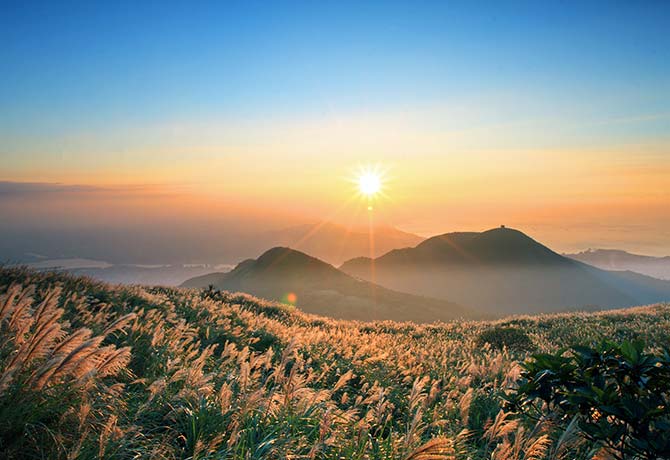

 BACK TO NATURE
BACK TO NATURE
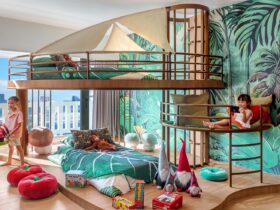
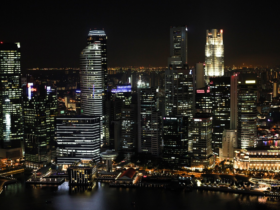
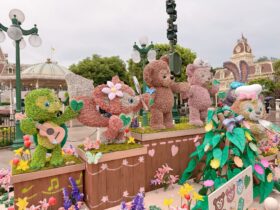
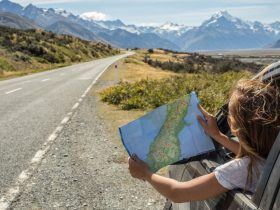
1 Comment